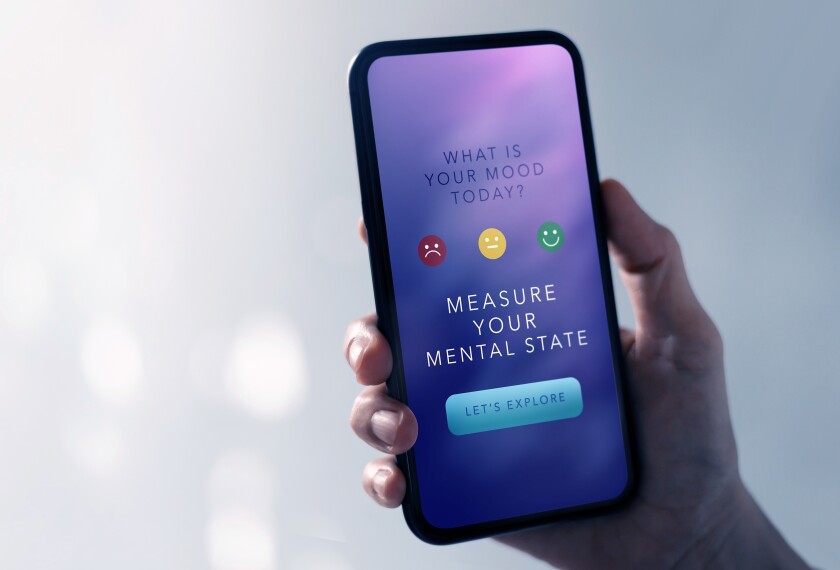Every day, nearly 1,400 students in Baltimore city schools take time to do something their busy lives don’t often allow: They breathe. They sit in silence. They reflect. And these practices have made a difference for thousands of young people since 2002—both in their classrooms and in their lives.
As the executive director and co-founder of the Holistic Life Foundation, a Baltimore-based nonprofit that began teaching wellness and self-care practices to children and adults in underserved communities some 15 years ago, I have seen the benefits of yoga and mindfulness-based school programming reflected in more than 15,000 students, most of whom are low-income. Stress and trauma from the circumstances of poverty are often part of their daily lives.
But students can learn through wellness practices how to regulate their own emotions, peacefully resolve conflicts, and become more compassionate and focused. Not only can these activities increase student focus, allowing teachers to spend less time on classroom management and more time teaching, they can also help reduce teacher stress and prevent burnout.
The Holistic Me after-school program at Robert W. Coleman Elementary School—one of our most successful programs and the only one that takes place after school—serves almost 170 pre-K-5 students daily, exposing them to new experiences through martial arts, urban gardening, drumming, dance, and art. All of the participating students also attend the Mindful Moment program. A stand-alone program in more than 20 public schools in Baltimore, it provides 15-minute daily sessions of yoga and meditation to classrooms.
It is this combination of time—during the school day and after—and a commitment from school leaders to provide children with extra enrichment and support that has made all the difference for the young people in the Holistic Me program. They are better equipped to participate in and after school because they are familiar with the curriculum, which increases its effectiveness.
Holistic Me, in combination with Mindful Moment, has had a positive impact on school climate and student behavior, including at Robert W. Coleman Elementary, where there were no suspensions in the 2013-14 school year, compared with four the previous year.
To implement successful after-school wellness programs that also draw on skills taught during the school day, district leaders need strong buy-in from their administrators and educators. The biggest challenge is often convincing their staffs that a program will enhance, rather than eat into, academic time. When schools are under pressure to meet academic standards, “extra” activities are often met with resistance. It’s true, these activities do take time, but the student benefits—academic and otherwise—can be invaluable.
A model of reciprocal teaching is also important. Students in Holistic Me help to lead practices, which builds their self-esteem and empowers them to own their mental and physical health. As these students age out of our programs, many are trained to become yoga and mindfulness instructors and ultimately serve as program staff, often on their former campuses. They become the living examples of the powerful effect self-care can have on our young peoples’ futures.




